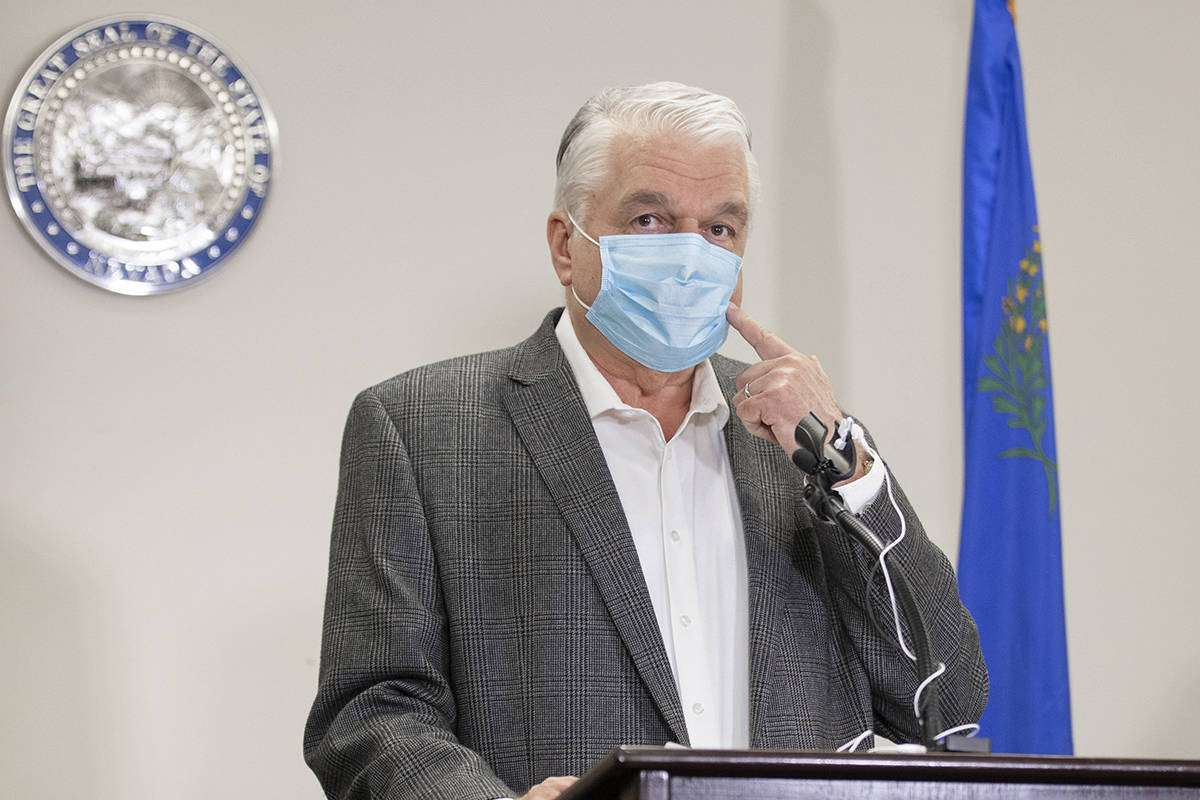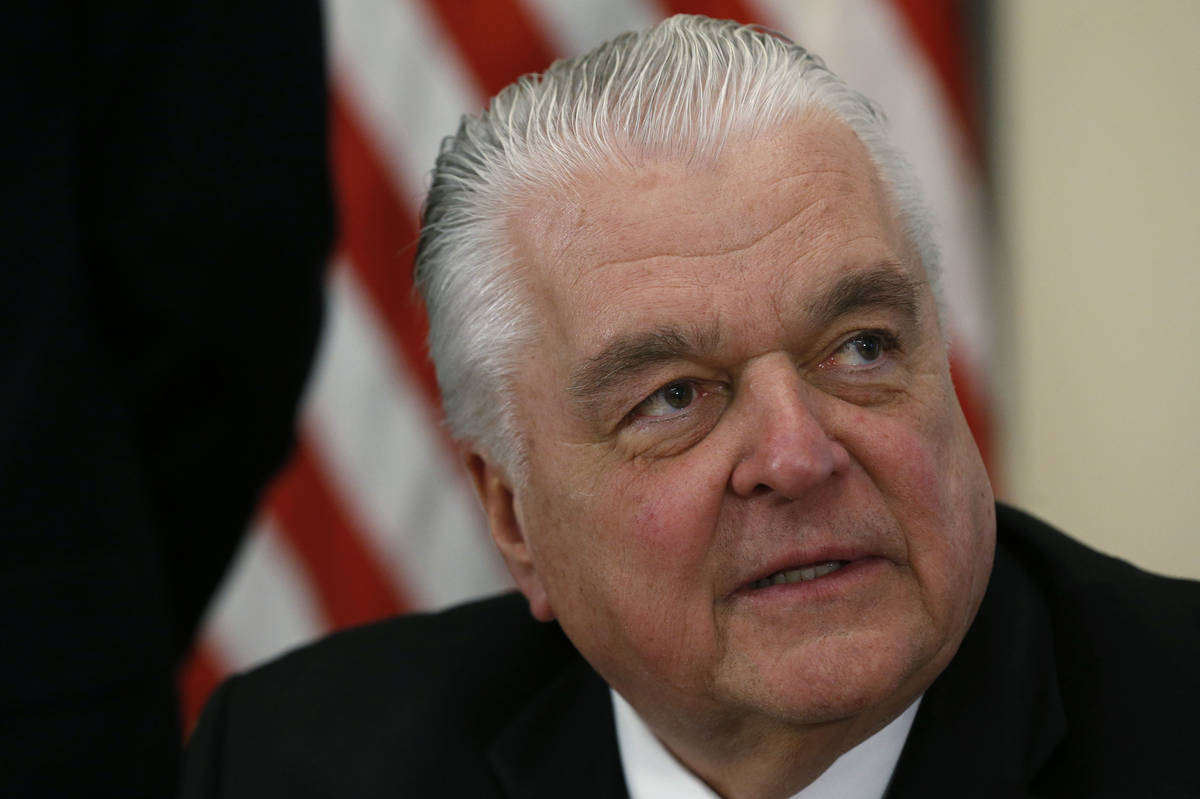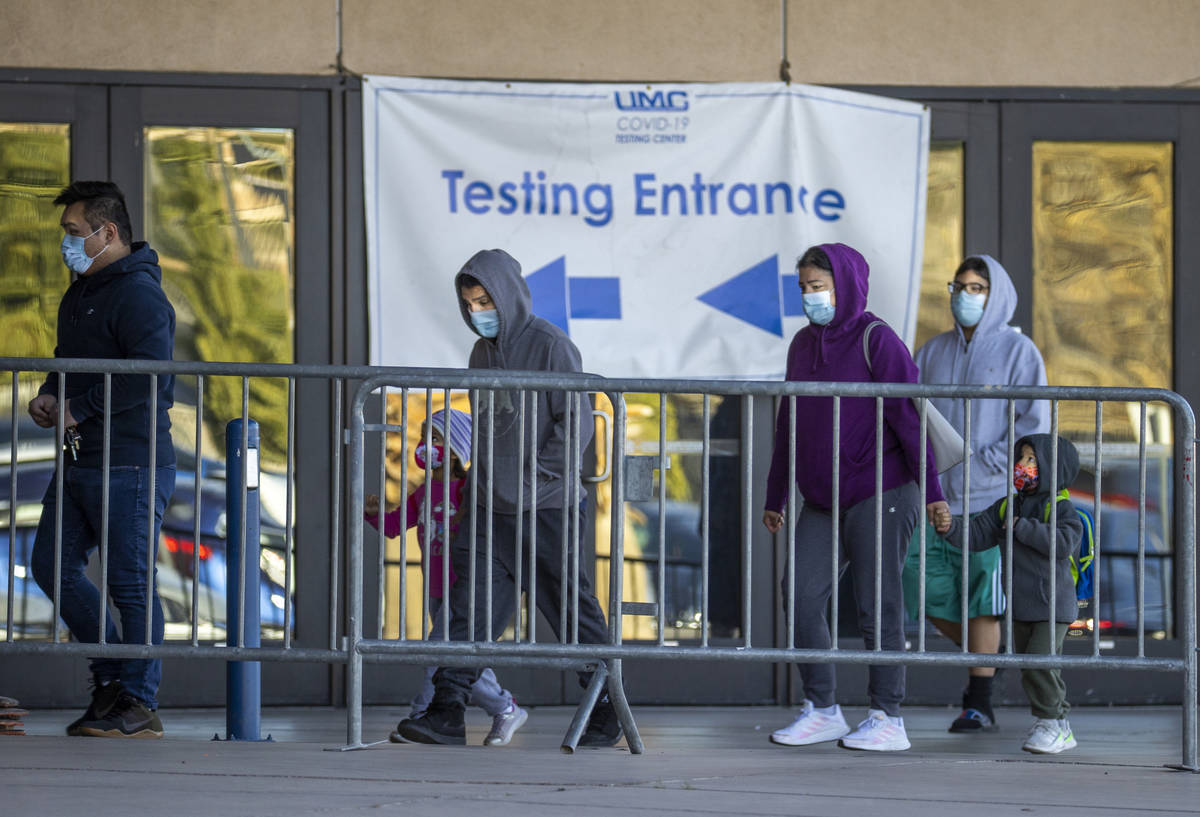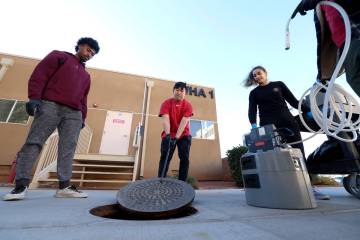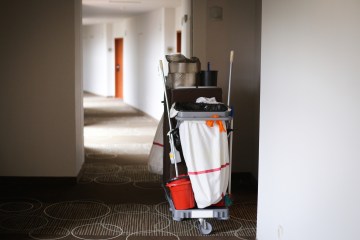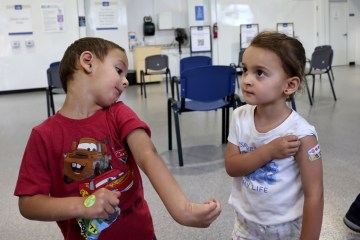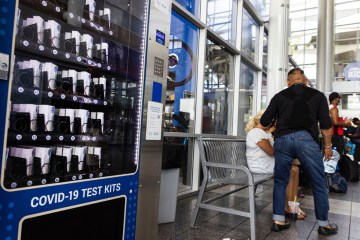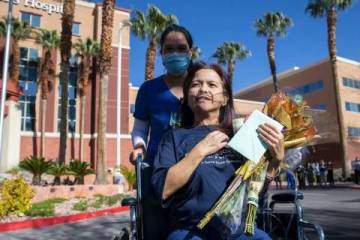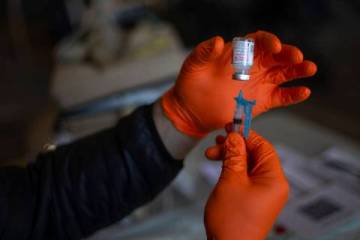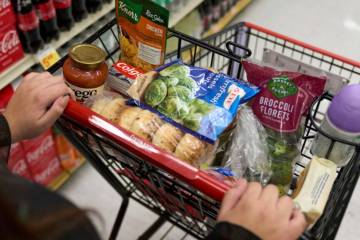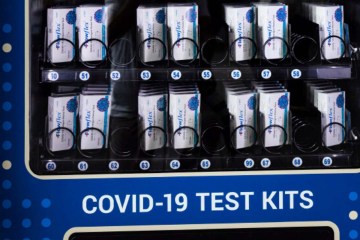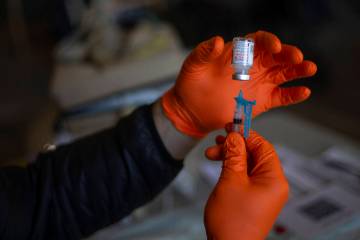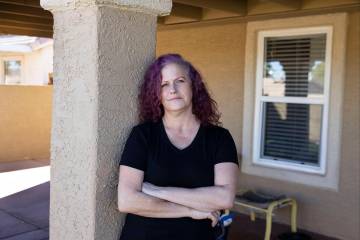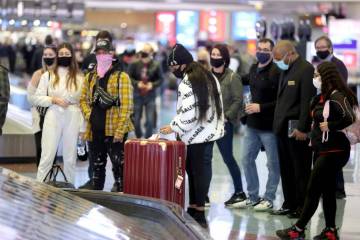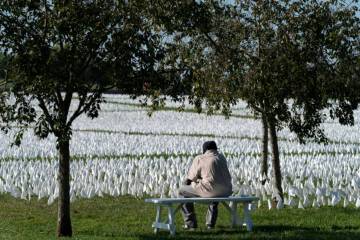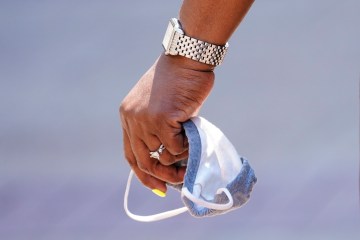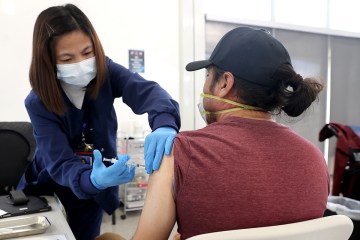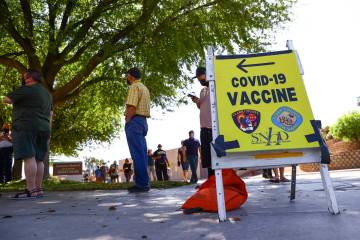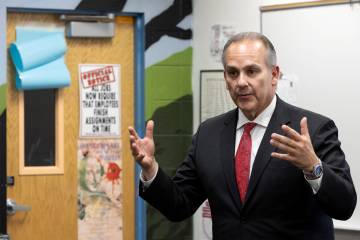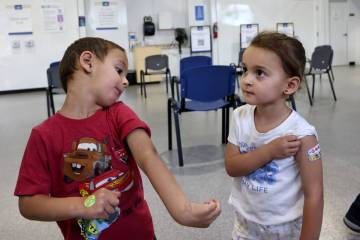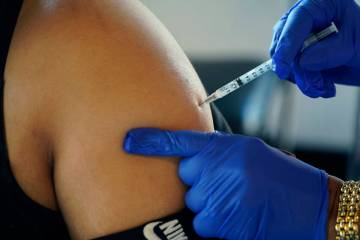Sisolak announces vaccination guideline revisions
CARSON CITY — Nevada has revised its COVID-19 vaccination plan to put front-line and essential workers and the general public on concurrent paths, a rollout that would deliver more doses to more senior Nevadans sooner.
The new approach would start after the initial vaccinations of health care workers are completed, perhaps by the end of this month.
With its parallel lanes, the new plan sets people in the general population on equal footing with groups such as police officers, educators and supply chain workers, roughly in descending age order, with those 70 and older getting initial priority.
The change is a significant shift from the state’s initial rollout plan, which followed a phased guidance recommended by the Centers for Disease Control and Prevention that put most civilians well back in line to receive the vaccine.
At the same time, the state will extend for another 30 days, until mid-February, the current “pause” on easing social distancing guidelines and restrictions on business operations aimed at mitigating virus spread. That pause had been set to end Friday. The extension comes as the state’s COVID-19 infections surpassed 250,000, with 3,500 deaths.
Staying on pause
“At the time I announced these measures, I called it a “pause,” because I truly hoped they would only have to last for a short period,” Gov. Steve Sisolak said in a news briefing Monday announcing the changes. “However, we remain at an all-time high, and due to Christmas and New Year’s, our case numbers are likely to increase over the coming weeks.”
Sisolak said the extended pause could again be adjusted based on infection trends but noted that the state doesn’t expect to see the full impact of holiday gatherings for another two weeks.
“In order to not add an increased burden on our hospitals, we must remain under these strict mitigation measures and change our behavior immediately,” he said. “We must double down.”
The new vaccination rollout playbook released Monday is the third version of the state’s plan. The changes prioritize a larger group of seniors — they drop the age limit for the top priority group to 70 from 75 — but also are designed to accelerate and maximize delivery of the vaccine and minimize the risk that doses go to waste once defrosted.
Both Pfizer and Moderna vaccines can remain in frozen storage conditions for up to six months. The Moderna vaccine is stable for up to 30 days in a refrigerator after being thawed. But vaccines must be used within six hours of their vials being opened, can’t be transported once opened and can’t be refrozen.
Seniors a priority
“Our team has recognized the importance of prioritizing our senior population, who have been hit hard by this virus, and we are developing plans with partners to help with this vaccination effort,” Sisolak said. “Secondly, our primary goal is to ensure we don’t let any doses go to waste. We want to maximize every dose that comes into the state — and avoid expired or unused doses.”
The new document also offers greater detail on the type of workers within specific groups and maps the order for the general population based on age.
For civilians, priority goes first to Nevadans 70 or older followed in order by those 65-69; 16-64 with underlying health conditions; individuals with disabilities; homeless populations; and finally healthy 16- to 64-year-olds. State prison inmates will be vaccinated according to the same schedule.
At the same time, the cascading priority for special groups puts public safety and security workers first followed by front-line community support workers, which includes educators, social service workers, certain state and local government workers, and essential transportation.
Following them in order are supply chain and logistics workers, such as those in agriculture and food processing; commerce and service industry workers, including those in food service and hospitality, and infrastructure workers, such as those in essential mining operations.
As of Sunday, 61,644 doses of vaccine have been administered and reported to the state, including 8,700 second doses for Nevadans first immunized in December, said Shannon Bennett, state immunization program manager. Nevada has received a total of 170,400 doses to date with more coming early this week, she said.
Candice McDaniel, health bureau chief in the state Bureau of Child, Family and Community Wellness within the Division of Public and Behavioral Health, said the updated distribution plan offers local flexibility “to ensure all doses are being used” while maintaining an order rolling out the vaccines across different groups. The state, she said, is not receiving enough vaccine each week for all counties to move at the same pace, so some will progress through the hierarchy faster than others.
She added that vaccine availability will be communicated to specific groups when it is ready.
“If you heard your workforce or age announced today, it does not mean that vaccines are available today,” McDaniel said. When counties are ready to vaccinate different categories within these two lanes, we will work with them to ensure you know.”
The Nevada Resort Association, in a statement, said vaccinations are key to restoring Nevada’s economy.
“While Nevada’s resorts continue to take responsible actions to protect employees and guests and adhere to all health and safety directives and regulations, swift vaccine access will provide another layer of protection for resort employees, their families and the public while allowing our hospitals to restore capacity and Nevada’s largest industry to remain safely open and focused on bringing more Nevadans back to work,” the industry group said.
Contact Capital Bureau reporter Bill Dentzer at bdentzer@reviewjournal.com. Follow @DentzerNews on Twitter. Review-Journal digital content producer Marvin Clemons contributed to this report.
Nevada Covid 19 Vaccine Playbook v3 Brief 011121 by Tony Garcia on Scribd



